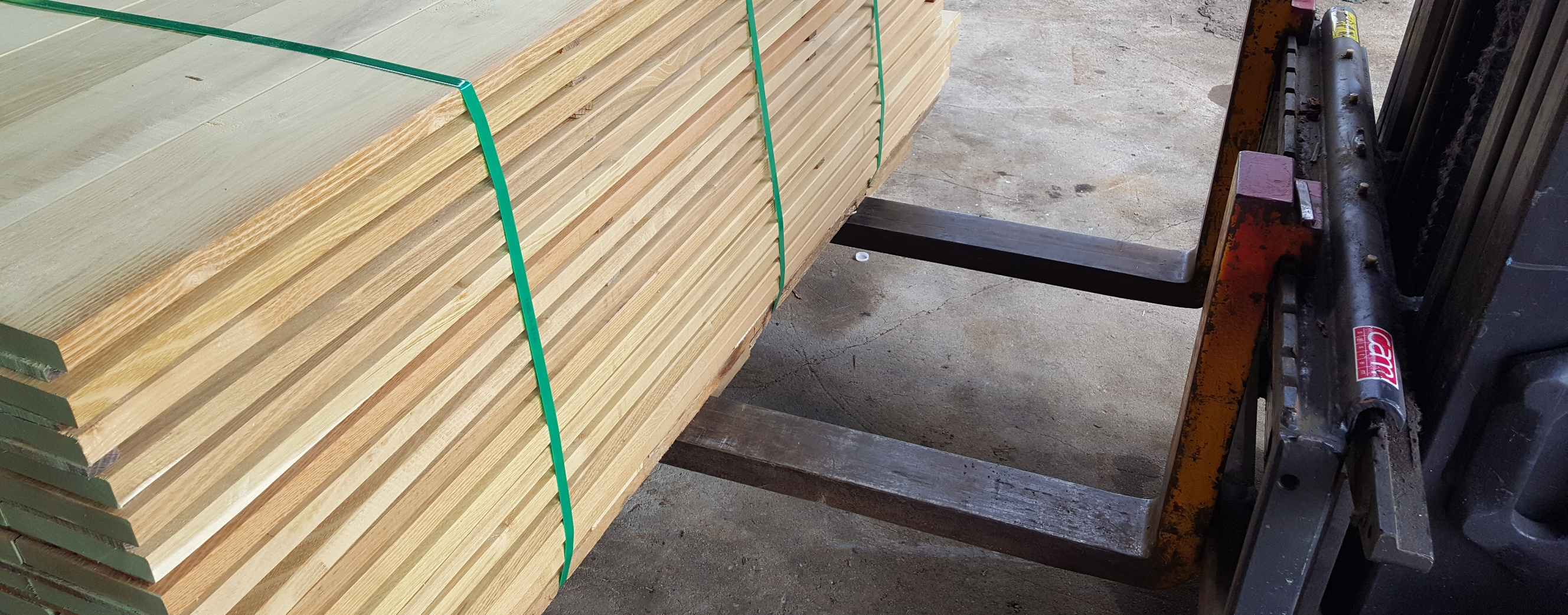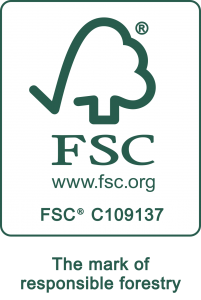
Covid-19 has impacted every business in the world, and in the building industry, the lumber supply appears to be part of that impact. In the USA there is a widely-reported shortage of pressure-treated pine and softwood framing lumber used ostensibly in new home construction and deck construction. Contractors throughout the USA are having trouble sourcing the material, and when they can, prices have soared in response to the shortage. But for all of the publicity around the shortage of softwood and Pressure-treated wood, no one is talking about the logical alternative that does not suffer from a shortage. Natural hardwood lumber – turned to by discerning homeowners and contractors looking for strength, durability and sustainability – is experiencing no shortage of supply. Now is a great time to return to our building roots in the USA with hardwood lumber. Here’s what you need to know about it, starting with a brief history refresher.
Before 1950, most outdoor residential framing utilized naturally rot-resistant woods such as Chestnut, old growth Hemlock, White Oak, and other species. Indoor framing was done out of Hemlock, old growth Pine, and other woods that were naturally resistant to termites. Houses and framing before the advent of pressure-treated Pine were built to last, and many are still standing today and are as sound as they were when they were built. The quality of the wood framing and the craftsmanship were at the core of the construction.
Starting in the 1950’s, with an economic boom and pressure to build rapidly and cheaply, pressure-treated lumber from fast-growth Pine became the standard for framing, with untreated Pine used for indoor framing, especially on the East Coast. The West Coast turned to Douglas Fir and other western softwoods, in addition to pressure-treated Pine. Originally the wood was treated with arsenic and chromium (chromated copper arsenate, or CCA), creating in some cases a 30-year outdoor lifespan. However, as research uncovered links to cancer and neurological diseases, the EPA banned CCA in 2003 for most applications, and producers quickly moved to less-effective copper-based pesticides.
Today, contractors and homebuilders default to pressure-treated pine and softwoods for indoor and outdoor wood out of habit, and until recently, abundant supply. But the use of copper-based pesticides that are not as powerful as CCA, combined with fast-growth pine that is mostly pure sap-wood, has turned pressure-treated Pine into a low grade product. Buyers complain that PT decking and in-ground posts only last a few years before rotting out. The only application where the wood lasts for more than 5 years is for the unexposed joists that are covered by decking and shielded from sunlight and rain. Indoors, untreated Pine in most of the USA for indoor framing runs the risk of termite damage.
We think it is time to return to our roots and get back to using quality domestic-born woods in our construction. And it’s quite possible that the shortage and price increase in pressure-treated Pine will turn out to be the catalyst for this.
There is no reason to overpay for low quality pressure-treated pine when we have an abundance of domestic hardwoods that are sustainable and renewable in the USA. Naturally rot-resistant woods such as Black Locust, Sassafras, and Eastern Juniper (Eastern Red Cedar) are great alternatives for indoor and outdoor applications, including decking, framing, siding, posts, and more. Glulams and CLT timber out of hardwood are now coming on the market as well, offering optimal strength and durability. Rough sawn 2” material in all of these species are great for framing lumbers.
These woods are also stronger and longer-lasting than pressure-treated pine and now at a comparable price point — with no supply shortage. So if you’re nervous about starting an outdoor project because of the media hype around the lumber shortage, ask your contractor to spec out hardwood instead. For all of our current products and prices, please visit the Products page of our website.

